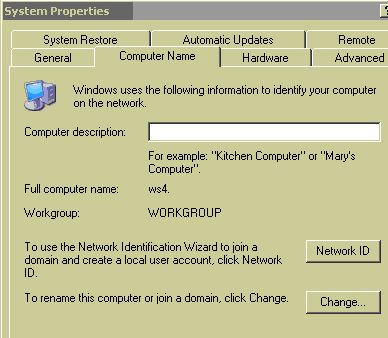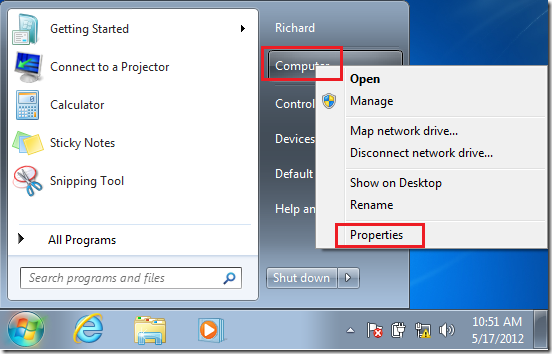
If I try to logging in to the computer with and available network connection I get 'The security database on the server does not have a computer account for this workstation trust relationship.'. This can be beneficial to other community members reading the thread. The strange thing is they all changed thier name to the same computer in this case ( csi-8bzz9f1 ).

If you have any feedback on our support, please remember to click “Mark as Answer” on the post that helps you, and to click “Unmark as Answer” if a marked post does not actually answer your question. Read the forums regularly can either share their knowledge or learn from your interaction with us. The reason why we recommend posting appropriately is you will get the most qualified pool of respondents, and other partners who In addition, you can also contact Windows Server form to check if any server settings lead to this issue:

The security database on the server does not have a computer account for this workstation trust relationship This command renames the local computer to Server044 and then restarts it to make the change effective. Per Drag & Drop werden die Dateien in die App bewegt, dort kann der neue Name ausgewählt werden. Das war vorher nur über einen selbst erstellten Automator Dienst möglich. Mit dem NameChanger für Mac kann man die Namen von mehreren Dateien ändern.
PC NAMECHANGER PC
Examples Example 1: Rename the local computer. Juli 2012 in Apps, Mac & PC // 0 Comments. This cmdlet was introduced in Windows PowerShell 3.0. Regarding this issue, you could also refer to the following article: The Rename-Computer cmdlet renames the local computer or a remote computer. You may try to change domain from FQDN to the short domain name and Logout and log back in as the domain user. go to my computerthis pc right click and go to propertiesleft side showing advanced system setting clickselect computer name and click change now u can type. Security database on the server does not have a computer account for this workstation trust relationship ”,

According to your description, I suggest to perform these tests to troubleshoot the issue:ġ Remove from the domain and rejoin to the domain.Ģ Check if any PGOs are applied on machine.ģ Remove the Windows 7 from AD and add it again.īy the way, did this issue occurs when Windows 7 are within workgroup? If the issue only occur when join the domain, the issue should related with Windows Server,


 0 kommentar(er)
0 kommentar(er)
